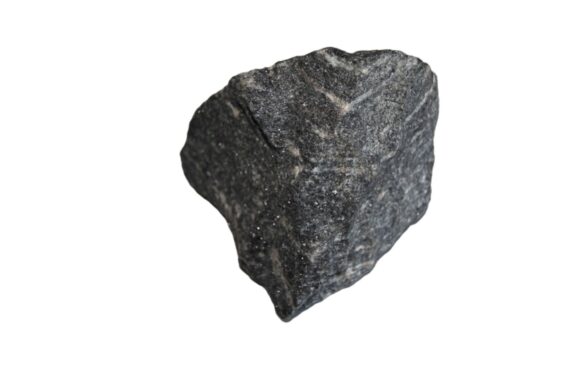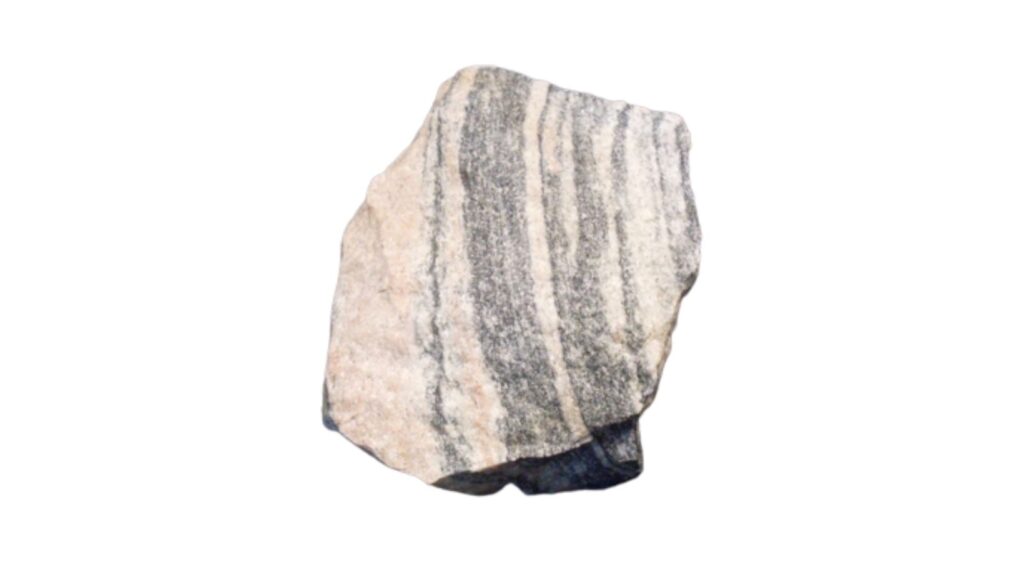The Shocking Truth About the Oldest Rock Formation in the World

Introduction:
Geology is a fascinating subject that provides us with a glimpse into the Earth’s history, dating back billions of years. Rocks play a significant role in this, as they are the solid evidence of geological events that have taken place over time. The study of rocks helps us to understand the geological processes that shaped our planet and the evolution of life on Earth. One particular rock formation that has intrigued scientists for many years is the oldest rock formation in the world, which holds the key to some of the mysteries of our planet’s past. In this article, we will explore the shocking truth about the oldest rock formation in the world and what it tells us about the history of our planet.
The Oldest Rock Formation in the World:
The oldest rock formation in the world is estimated to be over 3.8 billion years old and is located in the Canadian Shield, specifically in the Hudson Bay area of northern Quebec. This rock formation is known as the Acasta Gneiss and is made up of metamorphic rock, which is rock that has been changed by heat, pressure, and chemical processes. The Acasta Gneiss is not only the oldest rock formation in the world but also one of the oldest pieces of evidence for life on Earth.

The Shocking Truth:
One of the most shocking discoveries about the Acasta Gneiss is that it predates the Earth itself by several hundred million years. Scientists have determined that the zircon crystals in the rock formation are older than the Earth itself, suggesting that the materials that make up the Acasta Gneiss came from a different planet. This discovery has led scientists to believe that the Earth was formed through a process called accretion, in which smaller bodies in space come together to form a larger planet.
Another shocking discovery about the Acasta Gneiss is that it provides evidence of early life on Earth. Scientists have found evidence of microbial life in the rock formation, suggesting that life on our planet may have started much earlier than previously thought. This discovery has profound implications for our understanding of the evolution of life on Earth and raises questions about the possibility of life on other planets.
The Significance of the Acasta Gneiss:
The Acasta Gneiss is significant for several reasons. First, it provides evidence for the early stages of Earth’s formation and the processes that shaped our planet. Secondly, it provides evidence for the existence of life on Earth billions of years ago, which has implications for our understanding of the evolution of life on our planet. Lastly, the discovery of the Acasta Gneiss has led to a better understanding of the formation of planets in our solar system and has opened up new avenues of research into the possibility of life on other planets.
Conclusion:
In conclusion, the Acasta Gneiss is an important discovery that has provided us with a glimpse into the Earth’s past and the early stages of its formation. The discovery of the Acasta Gneiss has led to a better understanding of the geological processes that shaped our planet and the evolution of life on Earth. This rock formation is a testament to the power of scientific discovery and the importance of exploring our planet’s past to better understand its present and future. The Acasta Gneiss continues to be a subject of ongoing research, and future discoveries may hold even more shocking truths about the history of our plane
